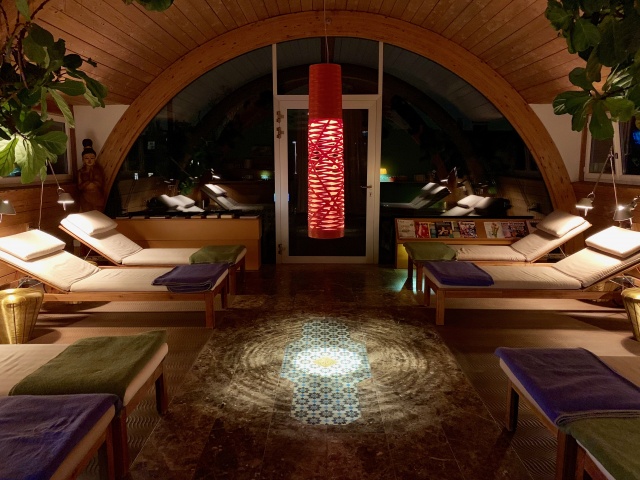Poppy’s Travel Diary – Austria
Location – Salzburg
Salzburg literally “salt castle” is the fourth-largest city in Austria and the capital of Federal State of Salzburg.
Its historic centre (Altstadt) is renowned for its baroque architecture and is one of the best-preserved city centres north of the Alps
Where to stay
Hotel & Villa Auersperg
I felt this was a fabulousstylish and luxurious find, with plenty of designer touches and bags of charm.
An outstanding family-run boutique hotel, housed in a beautifully restored 19th-century villa, close to Salzburg’s Unesco-listed old city centre. This hotel is certainly conveniently located in a quiet street just five minutes’ walk from the pedestrianised Linzer Gasse with its string of restaurants and cafés, and Salzburg’s exceptionally well-preserved Baroque old town centre, on the opposite bank of the River Salzach.
For those of you approaching by train, it takes around 10 minutes on foot to reach the hotel from Salzburg’s main railway station, which we also found convenient for a day trip to Milan.
Breakfast at the hotel emphasised organic, locally-sourced produce, and included an exceptionally good range of gluten and lactose-free options. You’ll find plenty of fresh fruit, cereals, and muesli, as well as a wide choice of cheeses and cold cuts, along with hot dishes, and eggs cooked to order.
Where to eat
My Indigo, a local restaurant where you ‘eat and smile. This really was an ingenious healthy concept restaurant. Casual, niche and budget-friendly – here you choose your own bespoke food combination from the serving bar. Allowing you to custom order curries and salads. Great food and a great atmosphere.
Where to visit
Stiegl Brewery – This trip just had to be done and was a thoroughly enjoyable experience… here you will enjoy the sensory world of beer. This is not only a matter of seeing and hearing but also touching, smelling and of course tasting their exceptional selection of beers and the opportunity to pair this with some local food in one of their restaurants.
Fortress of Hohensalzburg
Although I did not go inside this landmark, Salzburg is dominated by the picturesque fortress of Hohensalzburg, on the southeastern summit of the Mönchsberg. The original castle was built in 1077, and much of what’s seen today dates from the early 1500s. You can reach the castle by a pleasant 20-minute walk from the Old Town center or via a funicular railway from Festungsgasse.
There are so many fascinating buildings to see in the old town of Salzburg and a number of wonderful passages known as Durchhäuser to wander through, this is a busy pedestrian area lined with old merchant homes dating from the 15th to 18th centuries. Highlights are its many wrought-iron shops and inn signs, its beautiful old courtyards, as well as numerous galleries, boutiques, workshops, and cafés.
Schloss Mirabell (Mirabell Palace) and Gardens
Used in the filming of The Sound of Music, Salzburg’s lovely Schloss Mirabell, an excellent example of Baroque landscape design laid out in 1690 with numerous terraces, marble statues, and fountains. The palace itself was remodeled in Baroque style between 1721-27 before being restored in the simpler Neoclassical style after a fire in 1818.
Highlights of a visit to the Palace include the spectacular Grand Staircase, built in the 18th-century, with a number of statues by Georg Raphael Donner and his pupils. Other interesting features are the Marble Hall (still used for concerts and functions) and the Schloss Mirabell Baroque Museum, housed in the Gardener’s Building (the Gärtnergebäude), part of the estate’s Orangery, and exhibiting European art of the 17th and 18th centuries. The former 18th-century aviary is now used for exhibitions, and at the southwestern corner of the gardens stands a small open-air theater.
Mozart’s Birthplace
The house where Wolfgang Amadeus Mozart was born on January 27th, 1756, includes the rooms once occupied by the Mozart family and a museum displaying numerous interesting mementos, including the young Mozart’s violin, portraits, and original scores of his compositions. Engaging exhibits introduce his family members and their life and explore his operatic works, with costumes, set designs, and models and excerpts from his operas.
Highlights
Visiting the underground car park at the base of Monk Mountain, this was an eerie experience, but one I found of interest – Large air-raid shelters in the mountain were built during World War II. After 1970 some of these were enlarged to an underground car park for more than 1400 vehicles, which today clears the town of excess traffic.
Poppy Watt
Check out Poppy’s Travel Diary – Netherlands here


